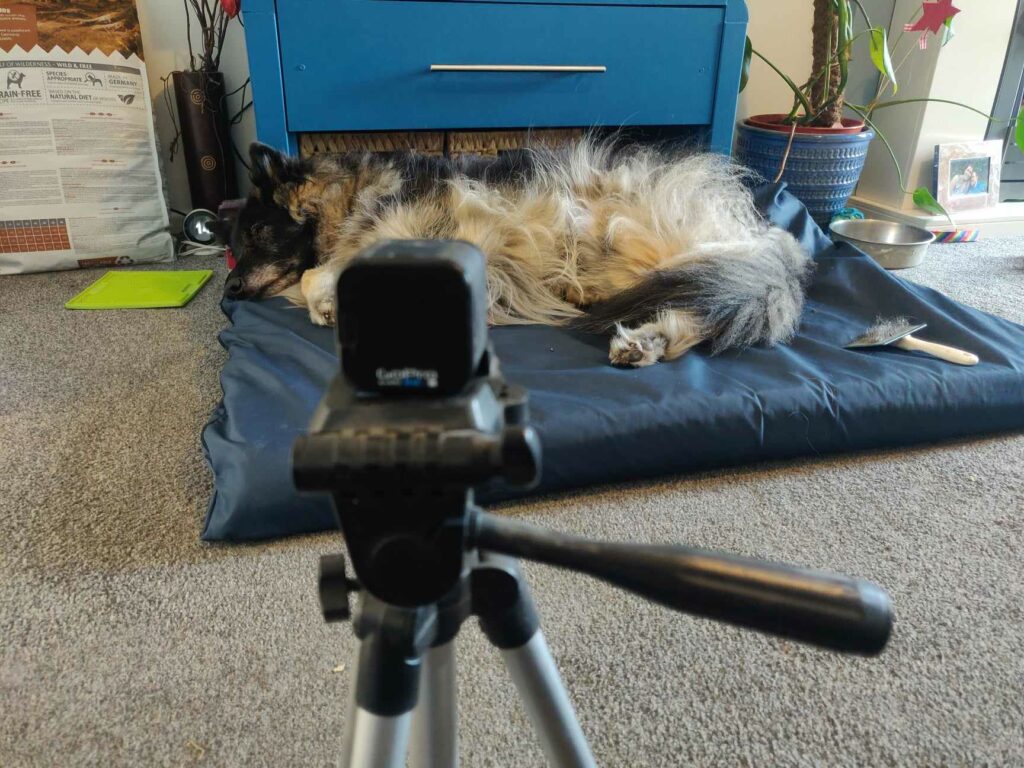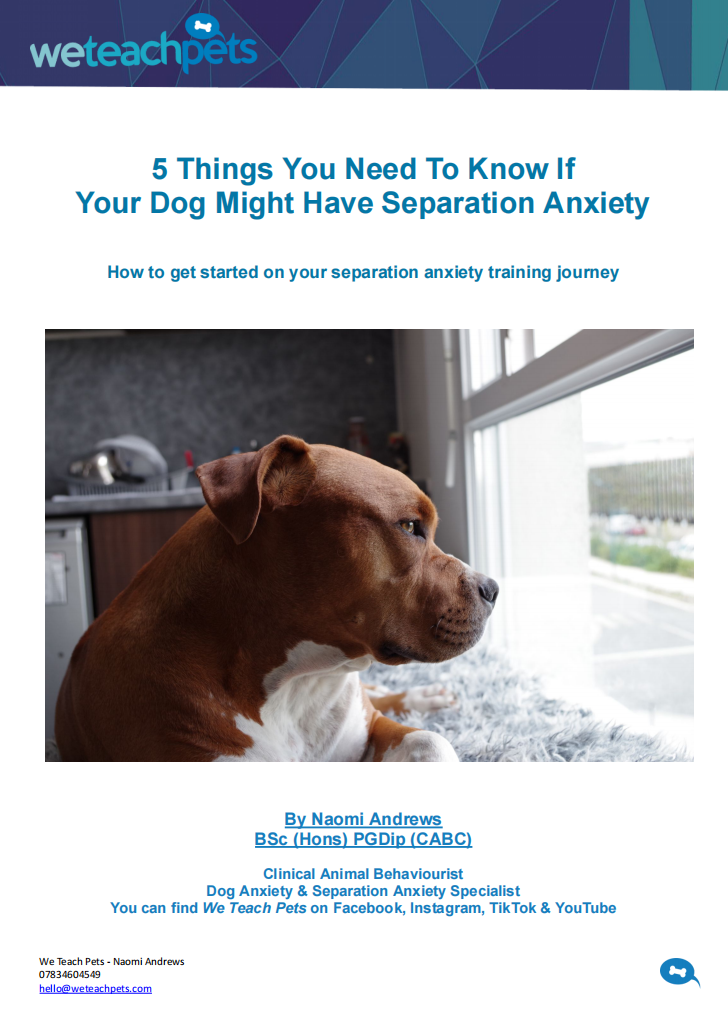
What and when to use dog cameras when your dog is home alone?
Dog cameras can be an essential bit of kit for some behaviour cases. You might already know that your dog has separation anxiety. Or your dog may never have been left alone by you before and you don’t know how they will be. Or perhaps you have suspicions that your dog is up to something when they’re home alone.
- Are the cushions and blankets all in disarray when you get home?
- Maybe the blinds or curtains have been moved aside, the bin is not where you left it or you find a little accident left behind.
- Perhaps you’ve been informed that your dog is barking?
- Or you’re just curious and want to check that all is well.
Depending on what you need it for, there are different options that might work best.
Assessing your dog’s behaviour
If you’re just doing a one off assessment for now to see what’s going on then you probably don’t need to spend loads of time and money on fancy cameras.
I would always recommend staying local (as in just down the road a little way!) and watching live if at all possible. This means if you do start to see your dog become anxious you can return to them quickly.
- Zoom – you can use Zoom for free for up to 40 minutes which should give you a good amount of time for an initial assessment. Set it up on a device you can leave at home, join from your phone and watch away.
- You could also Facetime if you have two devices to connect.
- Manything is another app which allows you to use a spare phone or device with a camera, as a camera that you can check in on. It’s free and really handy if you have a spare smartphone in a draw somewhere!
If you cannot do this then you can leave a device such as a phone or tablet video camera running. You can then watch the footage back when you return. Start out short for this, maybe just 5-10 minutes as you won’t know what’s happening until it’s too late to stop it. If all is OK after this then try a little longer at a time.
Dog cameras during training phases
If you do find something in your footage that you would like to change then you may feel the need to step up your observations.
If you are training with separation anxiety in particular then you will definitely want something that you can watch live. It’s great if you are able to record and look back as well in case you miss anything or want to take another look.
There are lots of cameras out there these days without breaking the bank, so do your own research and see what you like. Things to consider:
- Is it easy for you to use?
- Is it reliable? Check the reviews
- You might need more than one to cover the space your dog moves around in – does the camera allow you to connect multiple and switch views between them?
- How is the camera mounted, and does that work for your space to give you the right angles?
- Will you need to move the camera view during an absence, and if so can you do that remotely? If you have two dogs you don’t want it auto-focusing on the wrong one!
Camera locations
It sounds too obvious, but make sure you can see your dog from your cameras!
This depends a little bit on your dog. But commonly we want to clearly see your exit point as that is where a lot of dogs will focus their attention.
It might be that your dog has a special interest in what’s going on from a certain window, or tries to get into a particular cupboard that you want to keep an eye on.
But you will also need to have a good view of the space your dog tends to want to spend most of their time in. It can be helpful to see what changes from the time you leave to whatever behaviour you’re looking out for.
Ideally we want to allow dogs to free range in the house which means you may need cameras in different rooms. It’s always nice if you can see your dog from the front at the point where they are most likely to feel anxious so you can identify subtle signs of anxiety. So having your exit point camera face into the house from the door can be helpful, or at least placed to get a side view of your dog.
Get your free separation anxiety guide!



